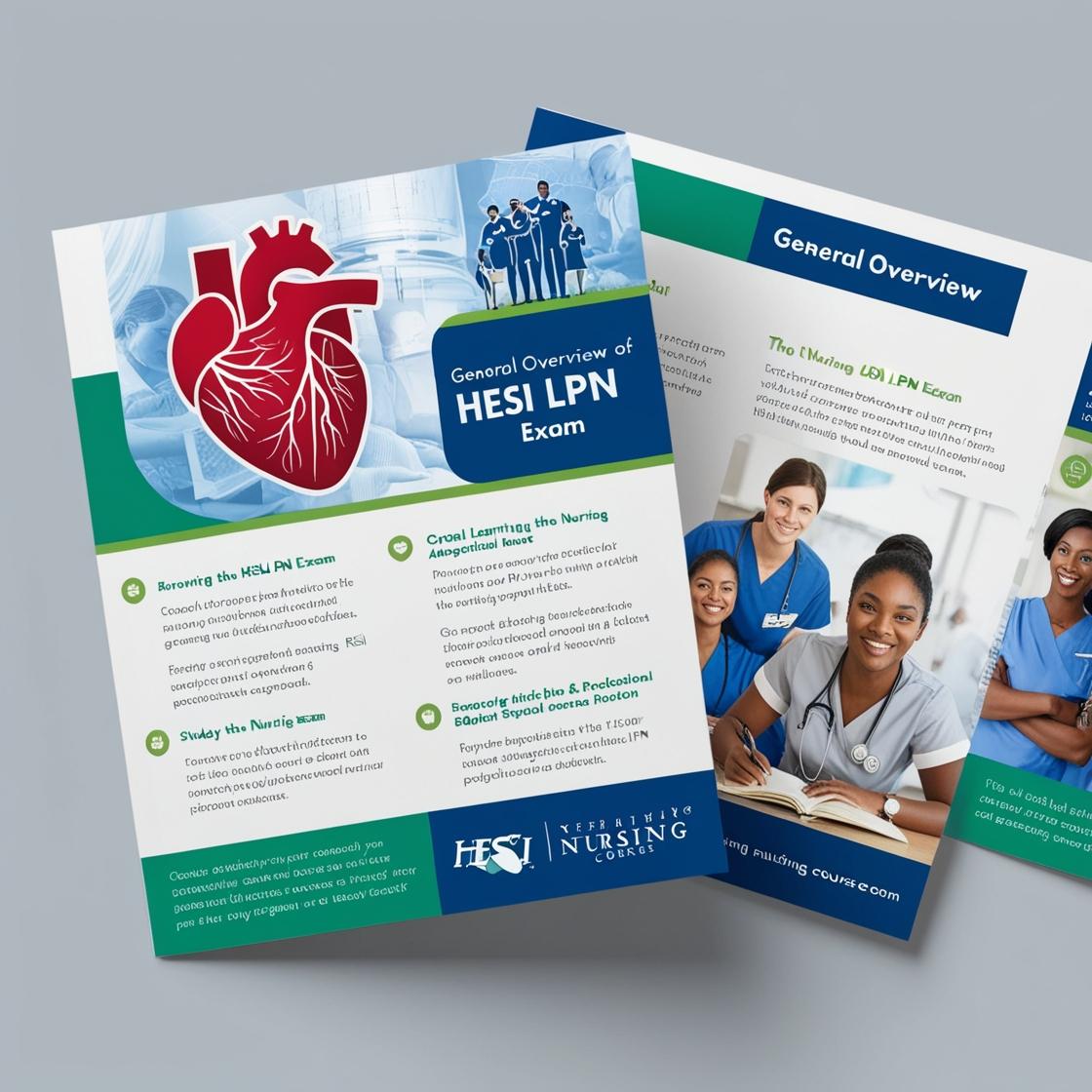HESI LPN
HESI Focus on Maternity Exam
1. A charge nurse is teaching a group of staff nurses about fetal monitoring during labor. Which of the following findings should the charge nurse instruct the staff members to report to the provider?
- A. Contraction durations of 95 to 100 seconds
- B. Contraction frequency of 2 to 3 minutes apart
- C. Absent early deceleration of fetal heart rate
- D. Fetal heart rate is 140/min
Correct answer: A
Rationale: The correct answer is A. Contraction durations of 95 to 100 seconds are prolonged, indicating uterine hyperstimulation, which can lead to fetal distress and requires immediate intervention. Reporting this finding to the provider is crucial to ensure timely management and prevent adverse outcomes. Choice B, contraction frequency of 2 to 3 minutes apart, is within the normal range and does not raise immediate concerns. Choice C, absent early deceleration of fetal heart rate, is a reassuring finding suggesting fetal well-being. Choice D, a fetal heart rate of 140/min, is also normal for a fetus and does not typically require immediate reporting unless it deviates significantly from the baseline or is accompanied by other concerning signs.
2. A client with preeclampsia is receiving magnesium sulfate by continuous IV infusion. Which finding should the nurse report to the provider?
- A. Blood pressure 148/94 mm Hg
- B. Respiratory rate 14/min
- C. Urinary output 20 mL/hr
- D. 2+ deep tendon reflexes
Correct answer: C
Rationale: In a client with preeclampsia receiving magnesium sulfate, a urinary output of 20 mL/hr is a concerning finding as it may indicate renal impairment or magnesium toxicity. Adequate urinary output is crucial for eliminating excess magnesium and preventing toxicity. The nurse should report this finding to the provider for further evaluation. A blood pressure of 148/94 mm Hg is elevated but expected in a client with preeclampsia. A respiratory rate of 14/min is within the normal range. 2+ deep tendon reflexes are a common finding in clients receiving magnesium sulfate and are not a cause for concern unless they progress to hyperreflexia or clonus.
3. What is the typical sex chromosome pattern for males?
- A. XX
- B. XYY
- C. XY
- D. XXY
Correct answer: C
Rationale: The correct answer is C: XY. In males, the typical sex chromosome pattern consists of one X chromosome and one Y chromosome. Choice A (XX) is the sex chromosome pattern for females. Choice B (XYY) is a chromosomal disorder where males have an extra Y chromosome. Choice D (XXY) is the sex chromosome pattern associated with Klinefelter syndrome, a condition where males have an extra X chromosome.
4. _____ is a life-threatening disease, characterized by high blood pressure that may afflict women late in the second or early in the third trimester.
- A. Rubella
- B. Syphilis
- C. Preeclampsia
- D. Phenylketonuria
Correct answer: C
Rationale: Preeclampsia is a serious pregnancy complication characterized by high blood pressure that typically occurs in the second half of pregnancy. If left untreated, it can lead to severe complications for both the mother and the baby. Rubella (choice A) is a viral infection that can harm the developing fetus but is not directly related to high blood pressure in pregnancy. Syphilis (choice B) is a sexually transmitted infection that can affect pregnancy but does not specifically cause high blood pressure. Phenylketonuria (choice D) is a genetic disorder that affects metabolism and is not associated with high blood pressure in pregnancy.
5. Which statement by the client will assist the healthcare provider in determining whether she is in true labor as opposed to false labor?
- A. I passed some thick, pink mucus when I urinated this morning.
- B. My bag of waters just broke.
- C. The contractions in my uterus are getting stronger and closer together.
- D. My baby dropped, and I have to urinate more frequently now.
Correct answer: C
Rationale: The correct answer is C. Regular, strong contractions with the presence of cervical change indicate that the woman is experiencing true labor. Choice A indicates the passing of the mucus plug, which is a sign of early labor but not definitive for true labor. Choice B, the breaking of the bag of waters, is a sign of labor but does not confirm whether it is true or false labor. Choice D, the baby dropping and increased urination frequency, suggests lightening, a sign that labor may be approaching, but it does not confirm true labor.
Similar Questions

Access More Features
HESI LPN Basic
$69.99/ 30 days
- 50,000 Questions with answers
- All HESI courses Coverage
- 30 days access @ $69.99
HESI LPN Premium
$149.99/ 90 days
- 50,000 Questions with answers
- All HESI courses Coverage
- 30 days access @ $149.99
